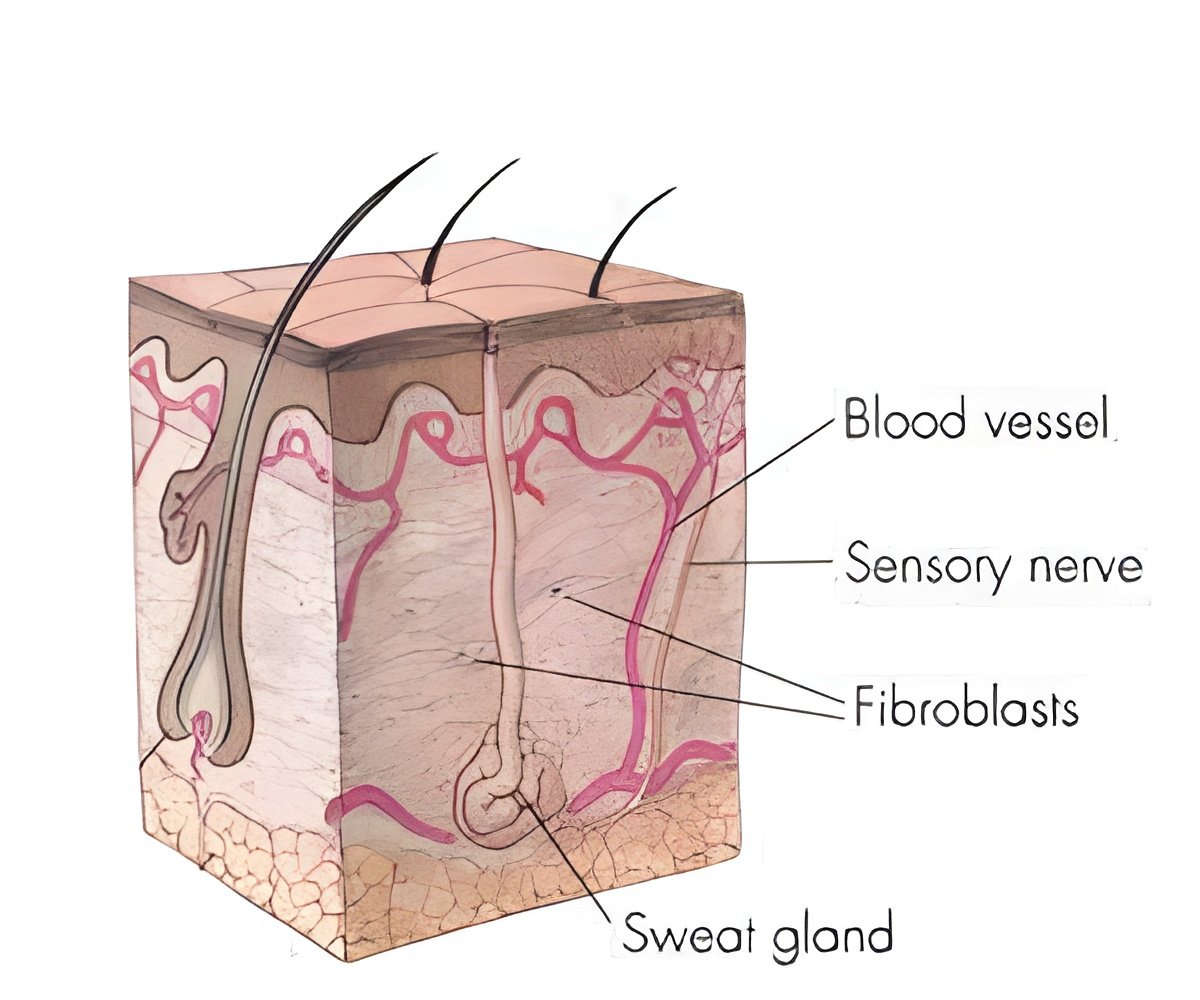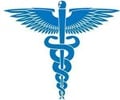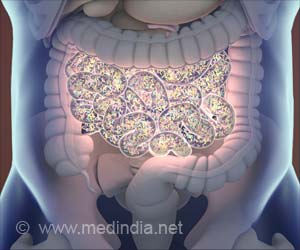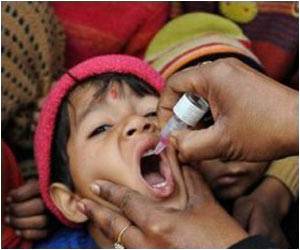
The study, titled "Significant changes in the skin microbiome mediated by the sport of roller derby," was published today in PeerJ, a new peer-reviewed open access journal in which all articles are freely available to everyone. The research was led by James F. Meadow of the 'Biology and the Built Environment Center' at the University of Oregon, in a collaboration that included the Center's director Jessica Green, who is a former skater on the Emerald City Roller Girls in Eugene, Oregon, where the studied tournament was held. The idea of working with local athletes was sparked by co-author Keith Herkert while working on his undergraduate honors thesis project in the Green lab. Teams involved in this study were from Eugene, OR (Emerald City Roller Girls); Washington, DC (DC Roller Girls) and San Jose, CA (Silicon Valley Roller Girls) and thus represented geographically separate groups.
Differences among teams' unique skin microbiomes -- determined by pre- and post-game swabs taken from exposed upper arms -- were driven in part "by the presence of unique indicator taxa that are commonly associated with human skin, gut, mouth and respiratory tract." Brevibacterium, for example, was found to be the strongest indicator for the DC Roller Girls of Washington, D.C. Researchers found that microbial communities on the host team in Eugene, Oregon, more closely resembled surface samples taken from the local roller rink itself.
The mixing of bacterial communities during a bout, the researchers found, was likely the result of skin-to-skin contact. "Human to human contact is the most parsimonious interpretation for the significant changes in skin microbiome we observed," the researchers concluded. Scientists have long known that bacteria can spread among people due to contact. This study is the first to illustrate the promise of using contact sports to understand how human interactions can influence our microbiome.
Population growth is likely to increase the rate of person-to-person contact in expanding urban areas. Studying these skin ecosystems could have implications for health care, disease transmission and general understanding of urban environmental microbiology.
Source-Eurekalert















